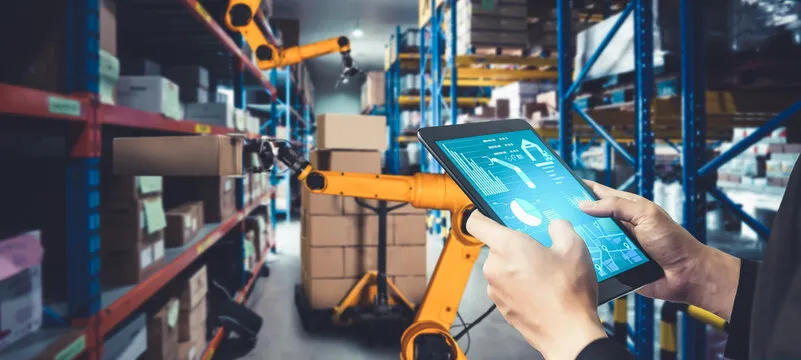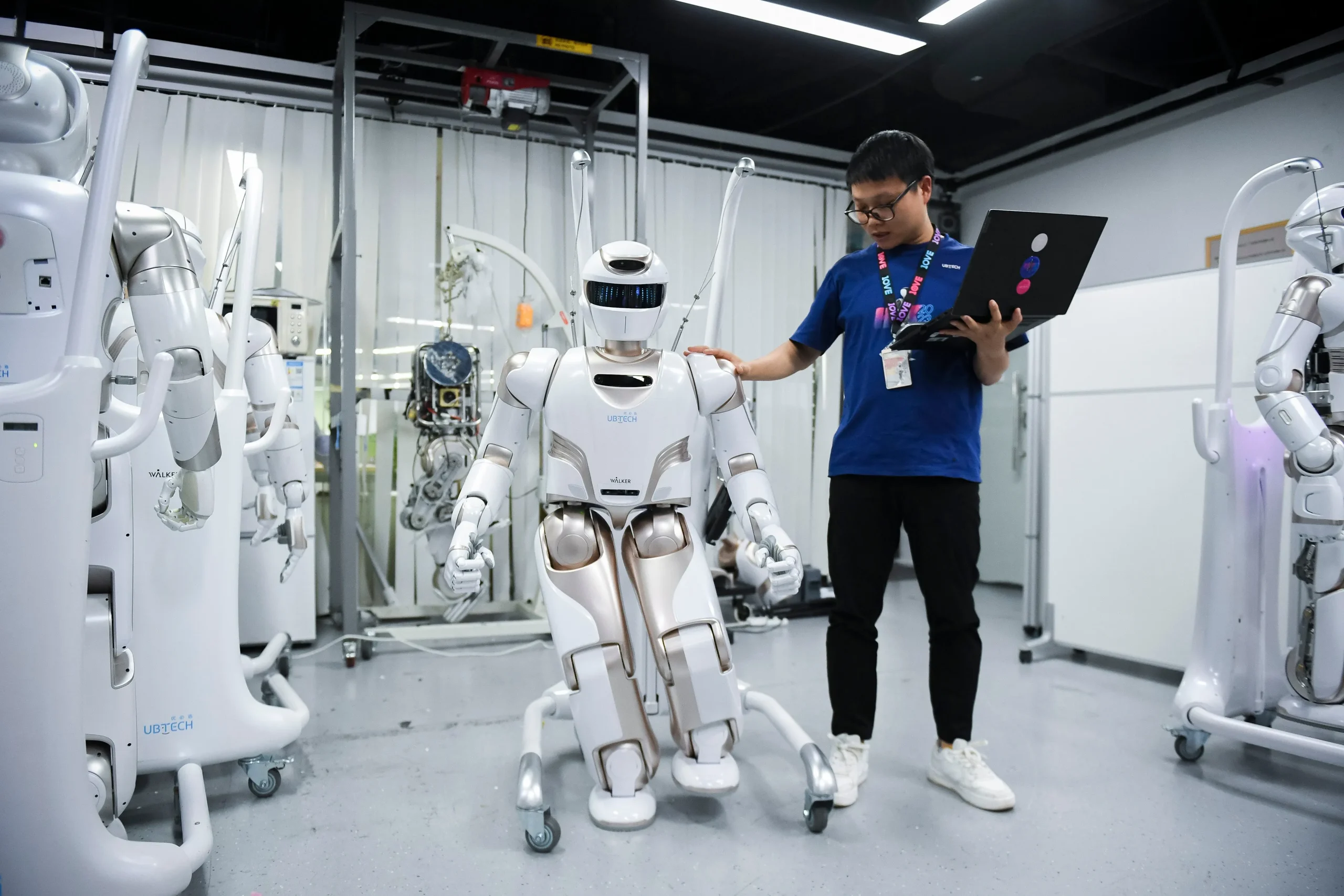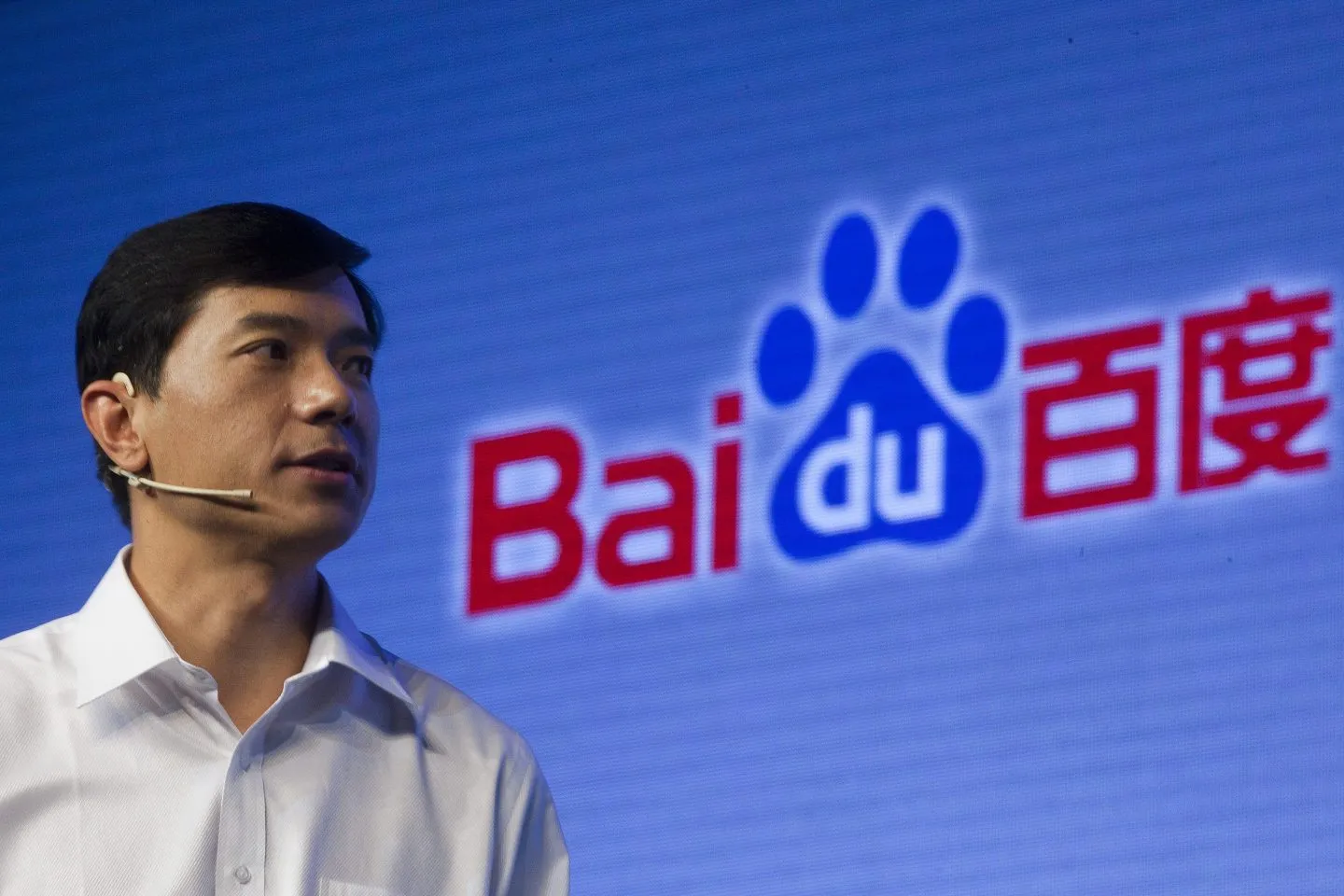Smart Manufacturing: Integration of IoT, Robotics, and AI
China’s manufacturing sector is experiencing a transformative shift as enterprises integrate Internet of Things (IoT) devices, robotics, and artificial intelligence (AI) into production processes. This convergence, often referred to as “smart manufacturing,” enhances operational efficiency, product quality, and supply chain resilience. By leveraging data-driven automation and real-time analytics, Chinese manufacturers are positioning themselves as global leaders in Industry 4.0, while responding to rising labor costs, evolving consumer demands, and competitive pressures in domestic and international markets.
Strategic Drivers of Smart Manufacturing
Several strategic drivers underpin the adoption of smart manufacturing in China. First, rising labor costs and demographic changes necessitate automation to maintain competitiveness. Second, government initiatives such as the “Made in China 2025” plan prioritize high-tech manufacturing, emphasizing robotics, AI, and digitalization. Third, increasing customer expectations for quality, customization, and rapid delivery require flexible and adaptive production systems. These factors collectively encourage enterprises to embrace advanced technologies and integrate them across factory operations.

Role of IoT in Manufacturing
IoT devices form the backbone of smart manufacturing by enabling real-time monitoring and data collection across production lines. Sensors embedded in machinery, conveyor belts, and storage facilities capture data on temperature, vibration, energy consumption, and operational performance. This information feeds into analytics platforms, allowing managers to detect anomalies, predict maintenance needs, and optimize production schedules. IoT integration enhances transparency, reduces downtime, and facilitates proactive decision-making, ultimately improving both efficiency and product quality.
Robotics and Automation
Robotics play a central role in executing precise, repetitive, and high-speed manufacturing tasks. Industrial robots equipped with advanced sensors and AI capabilities perform assembly, welding, painting, packaging, and quality inspection. By automating labor-intensive processes, manufacturers reduce human error, increase throughput, and improve consistency in production outputs. Collaborative robots, or “cobots,” work alongside human operators, augmenting skills and enabling flexible manufacturing setups that can adapt to varying product lines or production volumes.
AI-Driven Analytics and Decision Making
AI enhances smart manufacturing by analyzing vast volumes of data generated by IoT devices and robotic systems. Machine learning algorithms identify patterns, optimize workflows, and predict potential equipment failures. Predictive maintenance minimizes downtime and reduces operational costs, while AI-driven quality inspection detects defects at microscopic levels. Additionally, AI supports supply chain optimization, forecasting demand, managing inventory, and coordinating logistics. The integration of AI ensures that manufacturing operations are not only efficient but also adaptive to dynamic market conditions.
Digital Twins and Simulation
Digital twin technology represents a key innovation in smart manufacturing, creating virtual replicas of physical production systems. These models simulate factory operations, allowing engineers to test changes, optimize processes, and predict outcomes without disrupting actual production. Digital twins integrate IoT data, robotics operations, and AI analytics to provide a comprehensive view of factory performance. Chinese manufacturers employ digital twins to improve product design, streamline assembly lines, and enhance overall operational efficiency, contributing to cost reduction and faster time-to-market.
Supply Chain Integration and Resilience
Smart manufacturing extends beyond individual factories to encompass integrated supply chain networks. IoT and blockchain technologies facilitate real-time tracking of materials, shipments, and production milestones across suppliers, distributors, and logistics partners. AI-driven analytics optimize supply chain performance, anticipate disruptions, and enable agile responses to changing demand. By enhancing transparency, reliability, and coordination, these technologies reduce risks, improve inventory management, and ensure that products reach markets efficiently.
Workforce Transformation and Talent Development
The adoption of IoT, robotics, and AI reshapes workforce requirements in manufacturing. While automation reduces the need for manual labor, it increases demand for skilled personnel capable of programming, maintaining, and supervising advanced technologies. Chinese companies invest in training programs, partnerships with universities, and vocational initiatives to develop talent proficient in robotics engineering, AI applications, and IoT integration. This focus on human capital ensures sustainable growth and positions the workforce to drive continuous innovation.
Challenges and Strategic Considerations
Despite the benefits, implementing smart manufacturing presents challenges. High initial capital investment, system integration complexities, and cybersecurity risks can impede deployment. Ensuring interoperability among diverse technologies and maintaining regulatory compliance are additional considerations. Enterprises must adopt a phased approach, combining pilot programs with scalable solutions, and invest in robust cybersecurity measures to protect sensitive production data. Addressing these challenges is essential for long-term success and competitiveness.
Future Prospects and Innovation Trajectories
Looking forward, smart manufacturing in China is expected to expand across additional sectors, including automotive, electronics, pharmaceuticals, and consumer goods. Integration with emerging technologies such as 5G, augmented reality, and edge computing will further enhance operational intelligence. Continuous innovation in AI algorithms, robotic capabilities, and IoT networks will enable factories to become more adaptive, efficient, and sustainable. By embracing these developments, Chinese manufacturers can maintain global leadership and set benchmarks for Industry 4.0 practices worldwide.
Conclusion: Advancing Manufacturing Excellence
China’s integration of IoT, robotics, and AI exemplifies the potential of smart manufacturing to transform industrial operations. By leveraging real-time data, automated systems, and predictive analytics, enterprises achieve higher efficiency, improved quality, and resilient supply chains. Talent development, technological investment, and strategic planning are key enablers of this transformation. As smart manufacturing technologies mature, China’s manufacturing sector is poised to deliver innovative products, respond dynamically to market demands, and maintain competitive advantage on a global scale.





